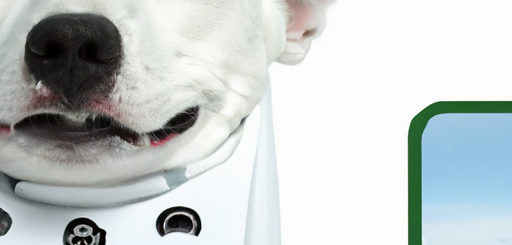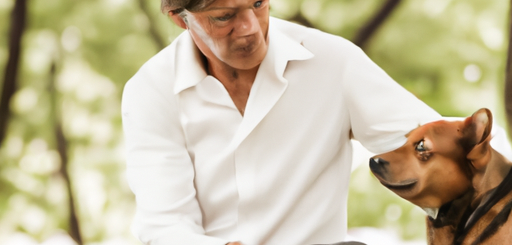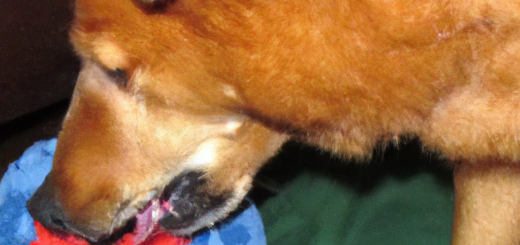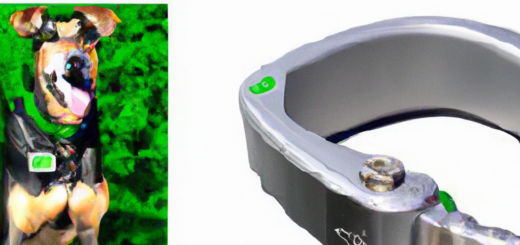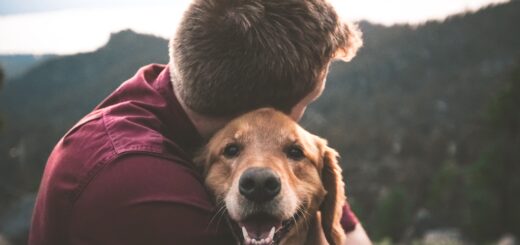Separation Anxiety In Dogs: Causes, Symptoms, And Coping Strategies
You love your furry friend, but sometimes leaving them alone can be a challenge. Whether it’s a few minutes or a few hours, your dog may experience separation anxiety when you’re not around. In this informative article, we’ll explore the causes of separation anxiety in dogs, identify common symptoms to look out for, and provide you with practical coping strategies to help your pup feel more relaxed and comfortable when you’re not by their side. With these helpful tips, you’ll be able to understand and support your dog through their separation anxiety journey.

This image is property of images.pexels.com.
Causes
Change in Routine
One of the common causes of separation anxiety in dogs is a sudden change in their routine. Dogs thrive on consistency and predictability, so any significant deviation from their daily routine can lead to increased stress and anxiety. Examples of changes in routine include a new work schedule, moving to a new home, or the addition of a new family member. It’s essential to provide dogs with a stable and predictable environment to help prevent the development of separation anxiety.
History of Abandonment
Dogs who have experienced abandonment or neglect in the past may be more prone to separation anxiety. These dogs may have a fear of being left alone again, leading to heightened anxiety when their owners leave. It’s crucial to provide these dogs with the reassurance and stability they need to build trust and overcome their fears. Adoption from a shelter or rescue organization can be a rewarding experience, but it’s essential to be patient and understanding with dogs who have a history of abandonment.
Traumatic Events
Just like humans, dogs can be deeply affected by traumatic events. Events such as car accidents, natural disasters, or physical abuse can trigger separation anxiety in dogs. Dogs who have suffered from such events may associate being alone with the memory of the trauma, causing them to feel anxious and distressed when separated from their owners. Gentle and patient behavior modification techniques coupled with professional guidance can help these dogs overcome their anxiety and regain trust.
Lack of Socialization
Proper socialization during a dog’s early development stages is crucial for their emotional well-being. Dogs who have not been adequately socialized may feel anxious and overwhelmed when left alone. Without exposure to different environments, people, and animals, dogs may perceive any change in their surroundings as a threat. By providing positive socialization experiences and gradually exposing dogs to new situations, we can help them develop confidence and reduce their separation anxiety.
Genetic Factors
While the exact role of genetics in separation anxiety is not fully understood, studies have suggested a genetic component to this condition. Some dog breeds may be more predisposed to separation anxiety than others. Breeds such as Labrador Retrievers, German Shepherds, and Vizslas have been reported to have a higher incidence of separation anxiety. While genetics can play a role, it’s essential to remember that nurturing and providing a secure environment for all dogs can help prevent and manage separation anxiety.
Symptoms
Excessive Barking
One of the primary symptoms of separation anxiety is excessive barking. Dogs with separation anxiety may bark incessantly when left alone as a form of communication or an expression of their distress. This excessive barking can be disruptive to both the dog and the surrounding environment. Understanding the underlying cause of the barking and addressing the anxiety can help reduce this behavior.
Destructive Behavior
Dogs with separation anxiety often engage in destructive behavior when left alone. This can include chewing furniture, scratching doors, or tearing up household items. Destructive behavior is a way for dogs to cope with the stress and anxiety they experience when separated from their owners. Providing appropriate chew toys, mental stimulation, and ensuring they have a safe space can help redirect this destructive behavior.
Pacing and Restlessness
Restlessness and pacing are common signs of anxiety in dogs. When left alone, dogs with separation anxiety may become agitated, continuously moving from one area to another, and exhibiting signs of restlessness. This movement is an indication of their heightened state of anxiety and the need for comfort. Providing a calm and secure space for them to relax, along with behavioral training techniques, can help alleviate these symptoms.
Potty Accidents
Another symptom of separation anxiety is potty accidents in the house. Dogs who are anxious when left alone may have difficulty controlling their bladder or bowels, leading to involuntary urination or defecation. It’s crucial to understand that these accidents are not a result of the dog being defiant or poorly trained but rather a manifestation of their anxiety. Consistent potty training and addressing the underlying anxiety can help manage and reduce these accidents.
Escape Attempts
Dogs with severe separation anxiety may attempt to escape their confinement when left alone. This can result in destructive behavior such as scratching at doors or windows or attempting to chew through or jump over barriers. These escape attempts are a desperate attempt to reunite with their owners and alleviate their anxiety. Ensuring that dogs are safely confined and providing them with appropriate mental stimulation can help reduce these escape attempts.

This image is property of images.pexels.com.
Diagnosis
Behavioral History
To diagnose separation anxiety in dogs, it is essential to obtain a detailed behavioral history from the owner. This history will include information about the dog’s behavior when left alone, any changes in their routine or environment, and any previous traumatic events. Understanding the context in which the separation anxiety occurs can provide insights into the underlying causes and help guide the treatment plan.
Observation and Assessment
In addition to the behavioral history, observing the dog’s behavior when left alone or during periods of separation is crucial for diagnosis. This observation can be done through the use of video cameras or by having a professional behaviorist or trainer assess the dog’s behavior. Patterns of anxiety, specific triggers, and the severity of the symptoms can be assessed during these observations.
Differential Diagnosis
It is essential to rule out other underlying medical or behavioral conditions that may mimic symptoms of separation anxiety. Conditions such as urinary tract infections, gastrointestinal distress, or fear-based aggression can present similar signs. A thorough physical examination and consultation with a veterinarian can help rule out any underlying medical conditions that may be contributing to the dog’s anxiety.
Professional Evaluation
In severe cases or cases that do not respond to initial interventions, a professional evaluation by a veterinary behaviorist or certified dog behaviorist may be necessary. These professionals have specialized training in diagnosing and treating separation anxiety in dogs. They can provide an individualized treatment plan and offer guidance to help manage and overcome the dog’s anxiety.
Prevention
Gradual Departures
To prevent separation anxiety from developing in dogs, it is essential to gradually accustom them to being alone. Start by leaving the dog alone for short periods and gradually increase the duration of these absences. By doing this gradually, dogs can learn that being alone is not a cause for anxiety and that their owners will always return.
Positive Association
Create positive associations with being alone by providing the dog with special treats or toys that they only receive when they are alone. This positive association can help dogs view solo time as a rewarding experience rather than a source of anxiety.
Desensitization Training
Desensitization training involves exposing the dog to the triggers of their anxiety in a controlled and gradual manner. For separation anxiety, this may include practicing departures and arrivals while gradually increasing the time the dog is left alone. By exposing the dog to these triggers in a gradual and controlled way, they can learn to cope with their anxiety more effectively.
Providing Mental Stimulation
Keeping dogs mentally stimulated can help prevent the development of separation anxiety. Providing puzzle toys, interactive games, and regular training sessions can help keep their minds engaged and prevent boredom, which can contribute to anxiety.
Professional Training
Seeking professional training and assistance from a certified dog trainer or behaviorist can be beneficial in preventing separation anxiety. These professionals can provide guidance on proper socialization, appropriate training techniques, and help create a structured environment that promotes emotional well-being.
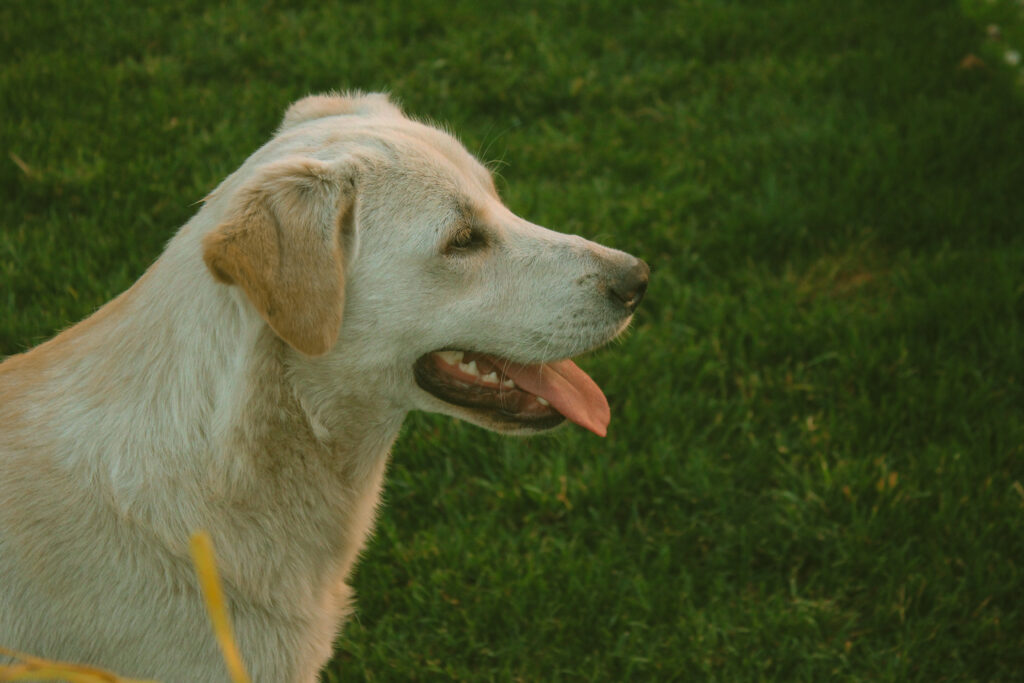
This image is property of images.pexels.com.
Treatment
Counterconditioning
Counterconditioning involves changing the dog’s emotional response to the triggers of their anxiety. This can be achieved by pairing the presence of the trigger (such as the owner leaving) with a positive and rewarding experience for the dog. Over time, the dog can learn to associate the trigger with positive emotions, reducing their anxiety.
Medication
In some cases, medication may be necessary to help manage the dog’s separation anxiety. Medications such as anti-anxiety drugs or antidepressants can be prescribed by a veterinarian to assist in reducing the dog’s anxiety levels. Medication should always be used in conjunction with behavioral modification techniques and under the guidance of a professional.
Crate Training
Crate training can provide a safe and secure space for dogs with separation anxiety. When properly introduced and associated with positive experiences, a crate can become a den-like environment where the dog feels comfortable and secure. The crate can also serve as a management tool during periods of separation, preventing destructive behavior and alleviating anxiety.
Calming Aids
There are various calming aids available in the form of sprays or diffusers that release pheromones designed to reduce anxiety in dogs. These pheromones mimic the natural pheromones emitted by lactating female dogs and can provide a sense of comfort and security for dogs suffering from separation anxiety.
Behavior Modification
Behavior modification techniques, such as desensitization and counterconditioning, play a crucial role in treating separation anxiety. These techniques involve gradually exposing the dog to their triggers and teaching them alternative coping mechanisms. With patience and consistency, dogs can learn to manage their anxiety and tolerate periods of separation more effectively.
Management
Creating a Safe Space
Creating a safe space for the dog can help alleviate their anxiety during periods of separation. This can be in the form of a designated area in the house where the dog feels secure, such as a crate or a gated off room. Providing comfort items, such as blankets or toys, can also help create a sense of security.
Establishing a Routine
Establishing a consistent daily routine can provide predictability and reduce anxiety in dogs. Consistent meal times, exercise routines, and rest periods can help dogs feel more secure and less anxious when left alone.
Managing Departures
The way the owner leaves and returns home can influence a dog’s anxiety levels. Minimizing the excitement and making departures and arrivals low-key can help reduce anxiety. This can include ignoring the dog for a few minutes before leaving and after returning and avoiding excessive displays of affection that can heighten the dog’s arousal levels.
Enrichment Activities
Providing dogs with enrichment activities can help keep their minds engaged and reduce anxiety. Puzzle toys, treat-dispensing toys, and interactive games can provide mental stimulation and redirect their focus, preventing them from fixating on their owner’s absence.
Seeking Support
Managing separation anxiety can be challenging, so it’s essential to seek support and guidance when needed. Joining support groups or working with a professional dog trainer or behaviorist who specializes in separation anxiety can provide valuable insights, resources, and emotional support.
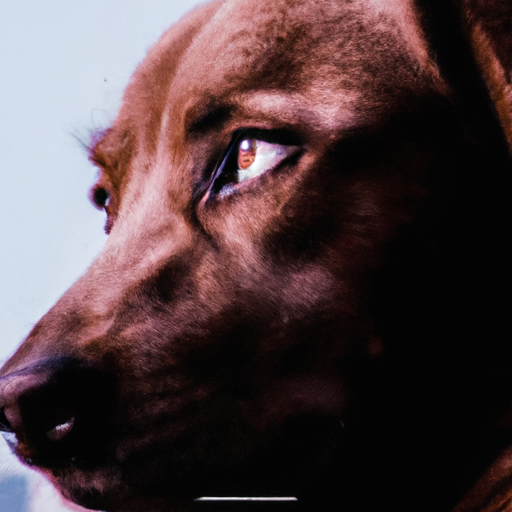
Lifestyle Changes
Proper Exercise
Proper exercise is essential for the overall well-being of dogs and can significantly impact their anxiety levels. Regular exercise can help reduce restlessness, burn off excess energy, and promote relaxation. Engaging in activities such as walks, play sessions, or interactive toys can provide the physical and mental stimulation dogs need to stay balanced and calm.
Socializing with Other Dogs
Socializing dogs with other well-behaved and friendly dogs can help reduce separation anxiety. Positive interactions with other dogs can improve a dog’s confidence, reduce their fear of being alone, and provide a healthy outlet for their energy.
Separation Anxiety Classes
Some dog training facilities offer specialized separation anxiety classes or workshops. These classes provide a structured environment where dogs can learn coping mechanisms and desensitization techniques under the guidance of experienced trainers. Participating in these classes can be beneficial for dogs and their owners, providing them with valuable tools and support.
Professional Dog Sitters
Hiring a professional dog sitter to care for the dog during periods of separation can help alleviate anxiety. These dog sitters are trained to provide the necessary care, attention, and comfort to anxious dogs and can ensure that they are not left alone for extended periods.
Doggy Daycare
Sending a dog to a reputable doggy daycare facility can provide them with socialization opportunities, mental stimulation, and human interaction. Doggy daycare can help reduce separation anxiety by providing a structured environment where dogs can engage in social play and receive personalized attention.
Alternative Therapies
Aromatherapy
Certain scents, such as lavender or chamomile, have calming properties that can help reduce anxiety in dogs. Aromatherapy products designed specifically for dogs, such as diffusers or sprays, can be used to create a soothing environment and promote relaxation.
Music Therapy
Music therapy involves playing calming music designed specifically for dogs. The slow tempo, gentle melodies, and soothing sounds can help create a calm and peaceful environment, reducing anxiety in dogs.
Thundershirts
Thundershirts are specially designed garments that provide a gentle, constant pressure to the dog’s body. This pressure has a calming effect and can help reduce anxiety and stress. Thundershirts can be particularly helpful for dogs with separation anxiety and are often used during periods of separation.
Adaptil Products
Adaptil is a synthetic pheromone product that mimics the pheromones emitted by lactating female dogs. These pheromones help promote a sense of security and comfort, reducing anxiety in dogs. Adaptil products, such as sprays, diffusers, or collars, can be used to create a calming environment for dogs with separation anxiety.
CBD Oil
CBD oil has gained popularity as a natural remedy for anxiety in dogs. Derived from hemp plants, CBD oil has calming properties and can help reduce anxiety levels. It’s important to consult with a veterinarian before using CBD oil for separation anxiety and to ensure proper dosing and administration.
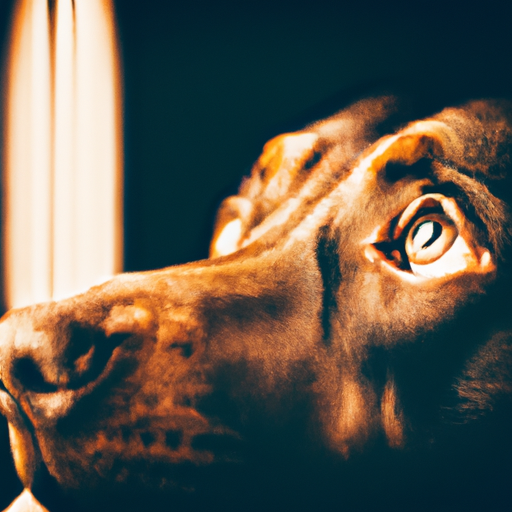
Helping Shelter Dogs
Assessment and Training
Shelter dogs are more susceptible to developing separation anxiety due to their previous experiences and the stress associated with being in a shelter environment. Assessing the dogs’ individual needs and providing appropriate training and behavioral support can help prevent or manage separation anxiety in shelter dogs.
Foster Programs
Foster programs play a crucial role in providing temporary homes for shelter dogs. Foster families can provide a stable and secure environment where separated anxiety can be addressed and managed. Foster programs also allow for individualized care, socialization, and behavior modification to help prepare the dog for their forever home.
Adoption Requirements
Educating potential adopters about separation anxiety and its impact on dogs is crucial. Setting adoption requirements that include education on separation anxiety and the commitment required to support an anxious dog can help ensure that dogs with separation anxiety find suitable homes with supportive owners.
Educating Potential Adopters
Providing educational materials and resources to potential adopters about separation anxiety can help them understand the condition and its implications. Educating adopters about preventative measures and strategies for managing separation anxiety can prepare them for the challenges they may face and increase the chances of successful adoptions.
Post-Adoption Support
Offering post-adoption support to adopters of dogs with separation anxiety is essential. Providing access to behavior specialists, training resources, and support groups can help adopters navigate the challenges of managing separation anxiety and ensure the long-term well-being of the dog.
Final Thoughts
Living with an anxious dog can be challenging, but with patience, consistency, and the right strategies, it is possible to help them live a happy and fulfilling life. Each dog is unique, and it’s essential to approach their separation anxiety with an individualized plan that addresses their specific needs. Celebrate the progress made, no matter how small, and always focus on addressing the underlying issues that contribute to their anxiety. With love, understanding, and proper support, you can help your anxious dog overcome their separation anxiety and thrive.



